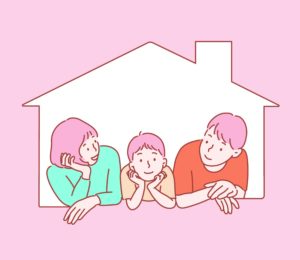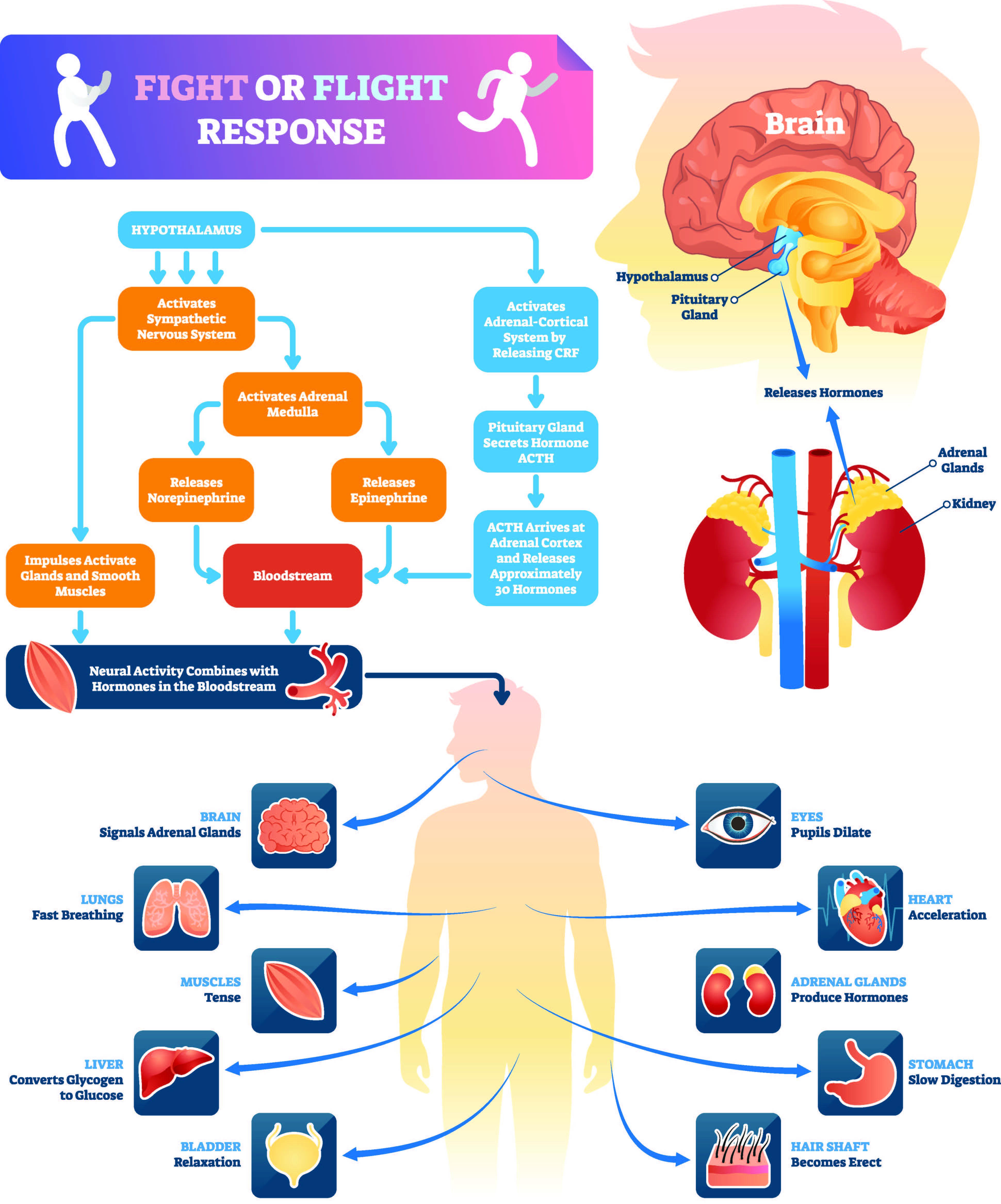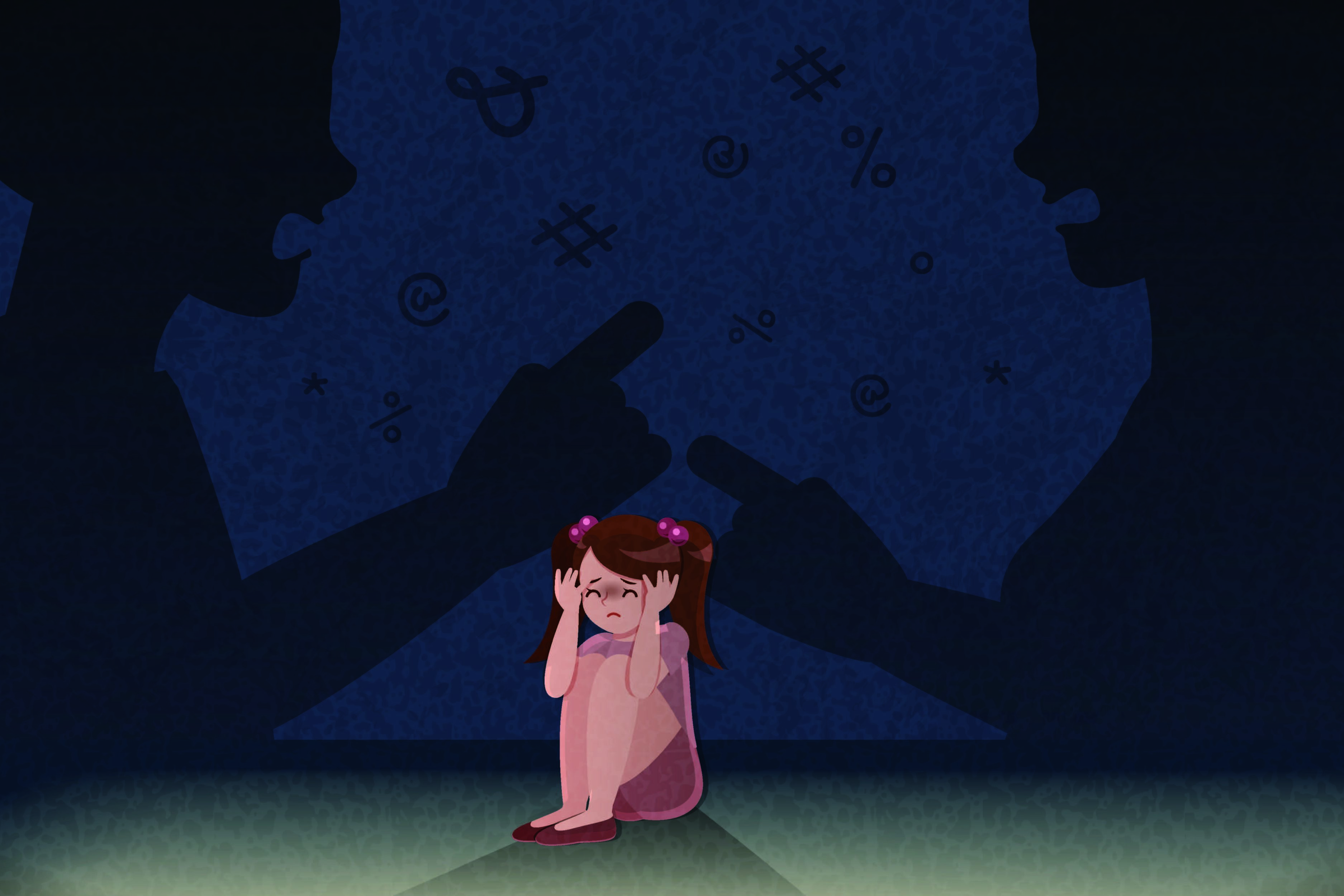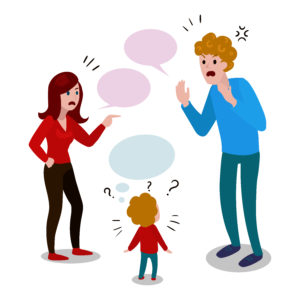Environmental Influences and Effects on Future Criminal Behavior

A healthy family environment is critical to a child’s emotional and physical wellbeing. We all know that no one is perfect and therefore no family is perfect. However, a severely dysfunctional family can influence antisocial or criminal behavior. Known risk factors are poverty, education level, parenting practices, and the structure of the family. When children have a positive, caring relationship with their parents, a stimulating home environment, and consistent discipline, they have a better chance of avoiding future criminal behavior or having psychological problems. However, there is a correlation between the development of aggressive and/or criminal behavior in children who have families with poor communication and weak bonds. Children are 50% more likely to develop antisocial or criminal behavior when there is abuse or neglect during childhood. Of course, this is not the child’s fault, and the child has zero control over this part of their environment. They cannot choose their environment or their family. They frequently live in blended households, without one parent or the other, a single parent household, or with extended family due to issues beyond their control.
When a child is in a dysfunctional family situation, they tend to depend upon their peers to provide stability. If a child is aggressive as a small child due to family dysfunction or aggressive behavior within the family unit, this in turn creates an inner anger within the child, and thus causes the child to become aggressive or antisocial. What a child observes, and experiences is how he/she learns, and if this is the
environment they grow up in, then they tend to believe that the dysfunctional behavior is normal behavior for everyone. Therefore, they see no issue in mimicking their parents or other family members when interacting with others whether at school or otherwise interacting with peers. Interaction between family members and disciplinary techniques are very influential in creating antisocial behavior and aggression. This is called the social learning theory. Children raised in an aggressive family environment are also more likely to have less parental monitoring, more permissiveness, inconsistency in punishment, experience rejection from their parents, and experience aggression from their parents. This, in addition to genetic factors, influence levels of aggression.
(Jones, 2005)
In addition to the family environmental factors, children in these homes tend to live in dangerous neighborhoods with other families in similar situations. These structurally disadvantaged and socially disorganized communities tend to be poorer with less desirable housing, less desirable neighbors, and exposure to violence. These children live in constant fear of witnessing or experiencing violence on a daily basis. Exposure to violence and perceptions of danger are associated with a child’s health status and health risks in four dimensions:
- Health difficulties such as headaches, stomach aches or breathing problems;
- Chronic physical conditions;
- Developmental disorders;
- And mental health conditions.
(Finkelhor, Turner, Shattuck, Hamby, & Kracke, 2015)


A 2011 study found that 57.7% of children have been a victim to at least one form of violence themselves whether that be sexual, physical, property, maltreatment, internet/cell phone victimization, or as a witness to these forms of violence to someone else. 48.4% have been exposed to more than one form of this type of violence.
Violent victimization increases the likelihood of substance use/abuse, deviant and risky behaviors, and suicidal behavior. Exposure to violence and the perception that their neighborhood is unsafe, can affect many areas of childhood health such as adverse birth outcomes, obesity during childhood, insomnia, emotional regulation, and disrupted psychological responses to stress. Chronic stress leads to wear and tear on the body and may partly explain why children exposed to violence or likely to exhibit mental and physical health problems that can persist into adulthood which ultimately results in considerable costs to these individuals and to society as a whole.
More research is needed in this area of a children’s healthcare. There are some studies that examine multiple facets of health as a function of community violence exposure and neighborhood risks. A cross-sectional weighted, randomized sample of noninstitutionalized children were studied in 2016 in the US. Questions about neighborhood context, health conditions, and health difficulties were posed. Twenty-four items were used to examine four distinct health dimensions: seven types of health difficulties, six chronic physical conditions, six developmental disorders, and five mental health conditions. Scores ranged from 0 to 4 and reflected the number of distinct health dimensions in which a particular child had one or more health conditions. The neighborhood risk factors included physical disorder, low social capital, and violence or perceived danger. Covariates included the child’s race, sex, maternal age, marital status of the parents, parent’s self-rated health index, single-parent household status, parental education, household income, health insurance status, public assistance, and immigrant status.
Over the past few weeks, there have been several incidences mentioned on social media that are quite disturbing and address exactly this situation with the children. Recently, several children were innocently playing basketball at a local park in Mississippi on a Sunday afternoon when a drive-by shooting occurred. A six-year-old child was killed, and several others were severely wounded. One can imagine how scary it must be for these children to have to be scared to play outside in their own neighborhood. They never know when something horrible is going to happen to them, their friends, or their family members. Another incident occurred on New Year’s Eve in a neighboring city when a family was outside celebrating New Year’s Eve and someone shot a gun in the air to celebrate, and the bullet came back down, hitting a child in the face, permanently disfiguring him.
When a child is in a constant state of fear, anxiety, and insecurity, their body and their minds are in fight or flight almost constantly, thus putting their physical and mental health into jeopardy. One can see how these children can easily follow a life of crime in order to both protect themselves and their families from further harm.

In the instance of a suspected child abuse case, it is critical to have medical records reviewed by an expert trained in recognizing the possible symptoms of child abuse. This is particularly true of doctor’s visits that may reveal chronic conditions that are representations of psychological trauma.
(Hiromoto, 2020)
Don’t miss our newsletter! Topics covered are:
Assault / Trauma
DUI / General Medical
Child & Elder Abuse / Neglect
Mental Health / Toxicology
Sign up here.












